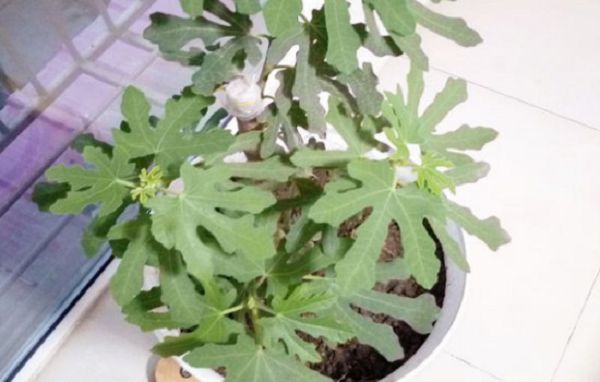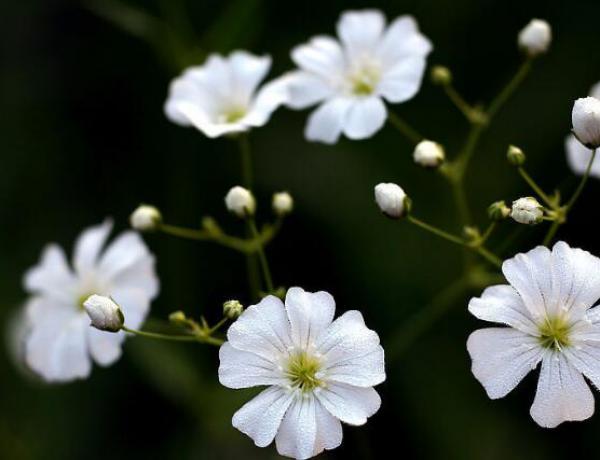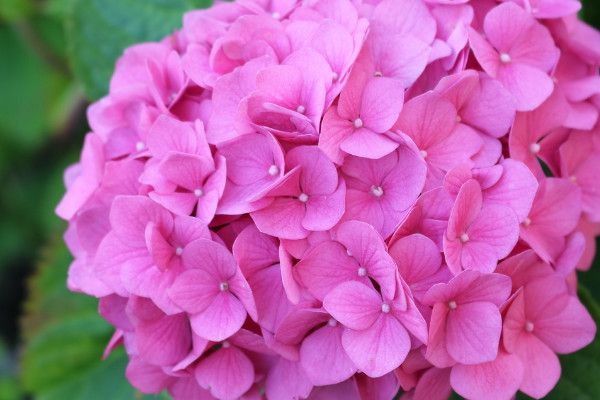How to manage potted figs in spring

After entering spring, the figs in many potted friends' homes slowly began to grow rapidly. However, spring is very important for the conservation and management of figs, because it not only determines whether the plant can resume growth quickly, but also has a great impact on the flowering and fruiting in the later stage.
Spring is the season when everything recovers and gradually begins to grow rapidly, then those who blossom will blossom and those who bear fruit will bear fruit. The maintenance and management of figs in spring will have an important impact on the flowering and fruiting of fig potted plants. In order to restore the growth of fig potted plants quickly and provide a good guarantee for late flowering and fruiting, we mainly do a good job in the following aspects in spring:
I. Space guarantee
The space guarantee we are talking about here is not only that the size of the space in the basin should be adequate, but also need to ensure that the position of the potted plants is well lit and ventilated. If you did not change the pot last year, then you can use this period to change the fig pot to change the soil, which is more conducive to its later growth.
First of all, we need to use enough large flowerpots to raise figs, because figs have well-developed roots and grow rapidly, and the space in the pot is too small. Generally choose more than 3 gallons of flowerpots, and usually the bigger the better. Secondly, the shielding of the position of the potted plants needs to be removed to avoid affecting the ventilation and light transmittance and create a good living environment for figs.
II. Humidity guarantee
Spring is the season for figs to branch and scatter leaves, and the plant has a large demand for water, so it is necessary to keep the basin soil with appropriate humidity and avoid the phenomenon of drought. If sufficient water can be ensured, it must play a good role in promoting the rapid growth of the plant, especially in the later stage of flowering and fruiting.
And with the transition from spring to summer, the temperature will gradually increase, the light intensity will gradually increase, and the water transpiration of broad and numerous leaves of figs will become stronger and stronger, coupled with the rapid growth of plants, water consumption will naturally increase. Therefore, we also need to increase the frequency of watering in order to keep the basin soil moist. If there is a lack of water, the bright green leaves of figs will begin to turn yellow, and if they catch up with the flowering and fruit stage, there will be a phenomenon of falling flowers and fruits.
III. Lighting guarantee
After all, figs are sun-loving and warm-loving plants, and they need to provide sufficient light, whether they grow rapidly or blossom and bear fruit. Therefore, figs should be placed in a well-lit place for conservation. Especially in the spring growing season, where the light conditions are good, put the potted plants there. In summer, you can properly shade and cool down.
IV. Nutrient security
When the spring temperature rises above 15 °C, the plant basically enters a state of rapid growth, so we can fertilize figs in pots. If you apply fertilizer, you can keep applying compound fertilizer to fig pots every half a month or a month. After all, the nutrient elements of compound fertilizer are more comprehensive and balanced, which can meet the needs of rapid plant growth and lay a good foundation for flowering and fruiting in the later stage.
5. Pruning guarantee
Pruning fig potted plants in spring can not only save nutrients and supply nutrients more centrally to plants, but also control plant shape and create conditions for creating beautiful plant types in the later stage. In particular, the saved nutrients can be centrally supplied to the remaining robust branches, which plays an important role in increasing fruit rate and fruit yield in the later stage.
But if the tree is too weak and the branches are few, then there is usually no need for pruning. If it is a single shot, topping treatment can be adopted to promote branching. If there are more branches in the lower part of the plant, they should be cut off in time, because the lower branches are basically blind branches, which will not bear fruit, waste nutrition and affect the aesthetics of potted plants.
Related
- Fuxing push coffee new agricultural production and marketing class: lack of small-scale processing plants
- Jujube rice field leisure farm deep ploughing Yilan for five years to create a space for organic food and play
- Nongyu Farm-A trial of organic papaya for brave women with advanced technology
- Four points for attention in the prevention and control of diseases and insect pests of edible fungi
- How to add nutrient solution to Edible Fungi
- Is there any good way to control edible fungus mites?
- Open Inoculation Technology of Edible Fungi
- Is there any clever way to use fertilizer for edible fungus in winter?
- What agents are used to kill the pathogens of edible fungi in the mushroom shed?
- Rapid drying of Edible Fungi



